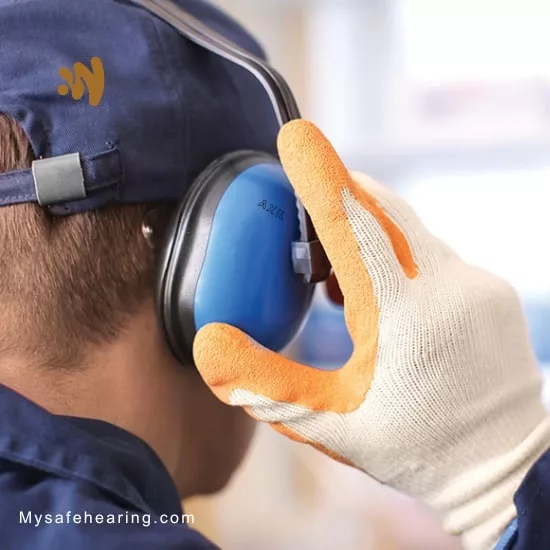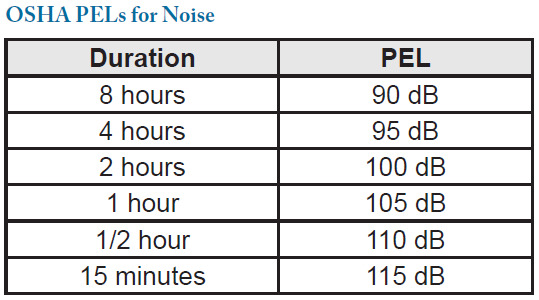
Noise is more than just a problem in many workplaces, especially in high-risk environments such as factories and construction sites. It’s a health hazard that can lead to serious hearing disorders.
Protecting yourself from excessive noise is not just good practice, but a safety standard mandated by the Occupational Safety and Health Administration (OSHA).
In this guide, we’ll walk you through OSHA’s hearing protection standards and how to effectively comply with them.
Please note: This guide is not a substitute for professional training or legal advice. Always refer to official OSHA documents for complete information.
Understanding OSHA
The Occupational Safety and Health Administration (OSHA) is a federal agency responsible for enforcing safety and health regulations in workplaces across the United States. Their guidelines help ensure employees work in safe and healthy environments.
OSHA Noise Standard
OSHA has established legal limits on noise exposure in the workplace. These limits are based on a worker’s time-weighted average over an 8-hour day.
The permissible exposure limit is 90 decibels (dBA) over 8 hours. If the noise level exceeds this limit, protective measures must be put in place.
OSHA Noise Exposure Chart
Understanding noise exposure limits can be tricky, which is why OSHA provides a noise exposure chart. The chart shows how noise levels and exposure durations interact. For instance, for every increase of 5 dBA, the permissible exposure time gets halved.

This chart emphasizes the importance of limiting exposure to high noise levels.
The Standard for Ear Protection
When noise exposure exceeds OSHA’s permissible limit, employers must implement a hearing conservation program. This includes providing employees with suitable hearing protection equipment. The chosen hearing protectors should reduce noise levels to at least 85 dBA.
Types of Hearing Protection
There are several types of hearing protection available, including earplugs, earmuffs, and canal caps. Each type has its advantages and is suitable for different noise levels and work environments. It’s essential to select the right type based on your needs and to ensure it fits correctly for maximum protection.
Correct Usage of Hearing Protection
Proper usage of hearing protection is necessary for it to be effective. Here’s a basic guide on how to use the most common types:
- Earplugs: Roll the earplug into a thin, crease-free cylinder, reach over your head with one hand to pull up your top ear, then insert the earplug with your other hand. Hold it in place until it expands to fill your ear canal.
- Earmuffs: Ensure your ears are free from obstructions (like glasses or hair), position the earmuffs over your ears, adjust until you get a snug fit, and ensure the seal is tight around your ear.
Consequences of Not Using Hearing Protection
Ignoring hearing protection can lead to noise-induced hearing loss (NIHL), tinnitus (ringing in the ears), and other hearing disorders, which can significantly impact your quality of life. It can also lead to penalties for employers who fail to adhere to OSHA standards.
Conclusion
Complying with OSHA’s hearing protection standards is an important part of creating a safe and healthy work environment.
By understanding these standards and adhering to them, we can protect ourselves and our colleagues from preventable harm.
Because in the end, safety isn’t just about rules and regulations it’s about ensuring everyone goes home in good health.